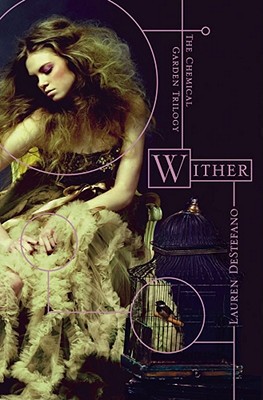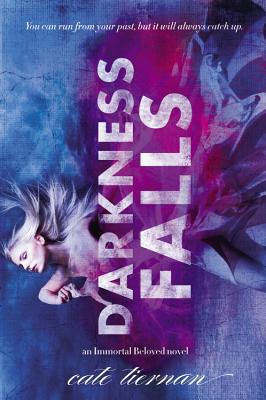I just got to do one of my favorite “duties” of the year: announcing the winner of the humor award we give out annually at the Vermont College of Fine Arts. I’ve written about the origins of the scholarship here; it’s a small recognition of the great contribution humor makes to children’s literature. Even books we mainly think of as serious, powerful, deep, and inspiring (think of Katherine Paterson’s work, for example), are often leavened with levity, mirroring real life, rich life, generous-hearted, big-spirited, funny life.
Here’s how VCFA describes the award on their website:
Flying Pig Grade-A, Number-One Ham Humor Award
This is the program’s one and only humor award! Students enrolled in any semester of the program are eligible to apply for this annual award of $775.00. We are so grateful to alumna Elizabeth Bluemle (7/04) and Josie Leavitt for sponsoring this special prize. [Snipped to excise many embarrassingly kind words about us and the store.] Elizabeth and Josie read blind copies of the humor manuscripts and select the winning submission each spring.
***
We love giving this award. Only students who are as yet unpublished may submit manuscripts; we hope that, in addition to recognizing the importance of humor in writing for children, the award provides a little bit more confidence for these talented aspiring authors.
This year, we had our biggest crop of submissions yet, and along with the winner, there were three honorable mentions. Since these are works in progress, I don’t want to give away too much, but I can’t resist sharing a little bit of what we loved, and alert you to some names you should be watching out for in the coming years:
2012 Winner: Aimee Payne, for Candy from Strangers. In addition to being crisply, sharply funny, this short story—which we hope the author will turn into a novel—has great characters, well-wrought creepy suspense, and beautifully vivid sensory details. Funny and creepy; not a combination you see often in books, although it works really well in teen horror movies. If this were a novel, teens would be all over it.
2012 Honorable Mentions:
Stephen Bramucci, for What’s the Worst That Could Happen? The kind of delightful MG farce you don’t see enough of these days. Sheer silliness and over-the-top situations — in a good way.
Bonnie Berry LaMon, for The Backward Life of Selah Selim, whose refreshing, appealing, sporty main character lights up every page she’s on.
Laurie Morrison, for Worst-Case Scenario, which shows a teen coping with a difficult and unusual situation through writing and her sense of humor.
Past winners include: 2011—Sharon Van Zandt; 2010—Susan Barker; 2009—Katie Bayerl (summer); 2009—Sarah Ziegelmayer; Simon Fill (spring); 2008—(not given); 2007—Erik Talkin; 2006—Dianne White; 2005—Zu Vincent.
***
Ours was one of several scholarships awarded this evening. It was a lovely event, and the students’ rousing cheers for each other’s successes filled the room. After the prizes were given out, there was one more special event: a reading given by a student who is the first person to be in both the Writing for Children & Young Adults MFA program and the adult Writing program. Patrick Downes is his name, and I mention him not only because (as I discovered this evening) he works at Montpelier’s Rivendell Books, but because he read an absolutely dynamite picture book manuscript, Angus Runs Away, and trust me, you’ll want to remember his name along with the FPGANOH-HA! winners.
In celebration of the funny stuff — what are your favorite funny books of 2012 so far?




